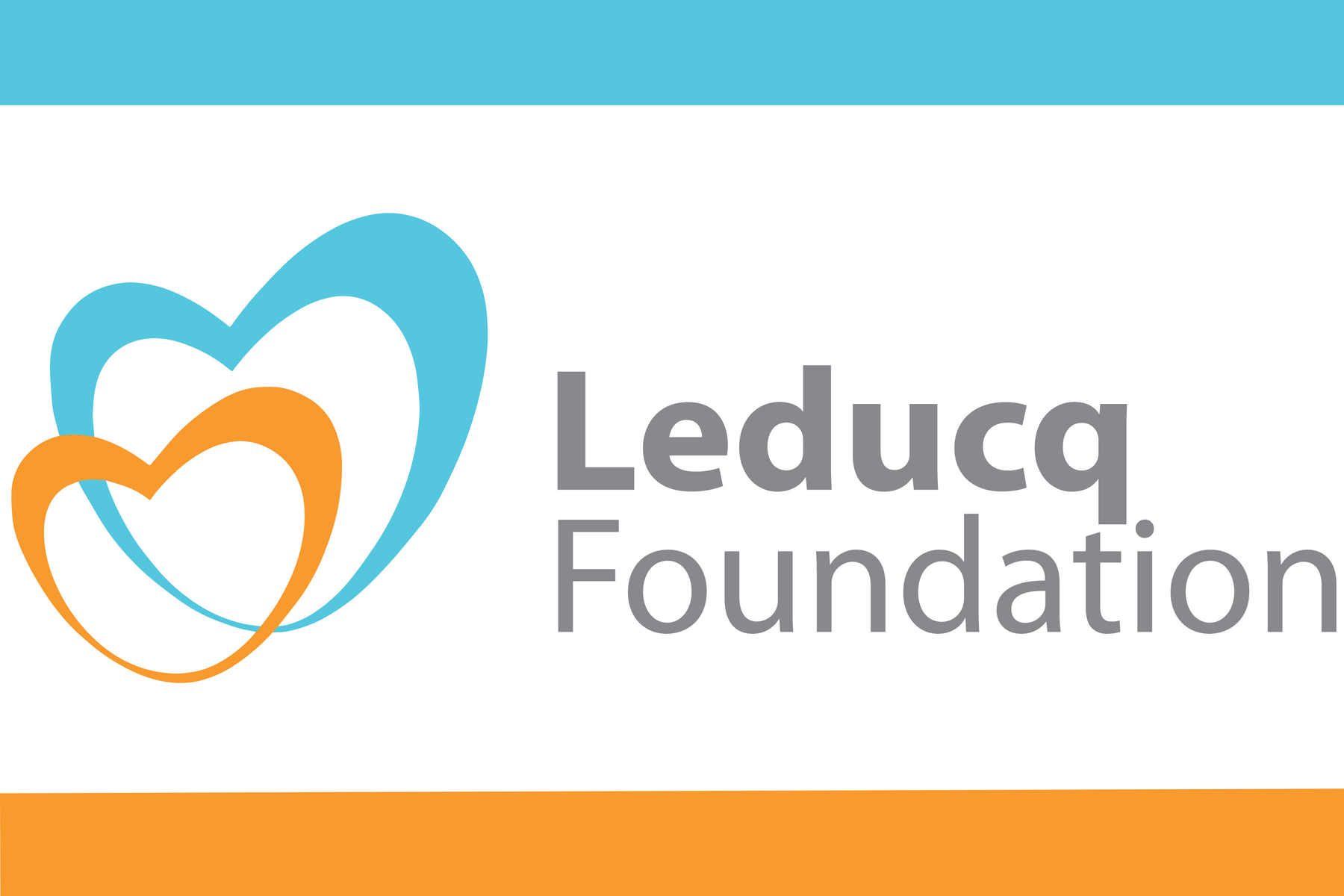Leducq Transatlantic Networks of Excellence
MOLECULAR MECHANISMS OF NOVEL GENES ASSOCIATED WITH PLASMA LIPIDS AND CARDIOVASCULAR DISEASE
➤ It has long been known that blood levels of lipids like cholesterol are important risk factors for atherosclerotic cardiovascular disease. Lipid levels and atherosclerosis both run in families, but how these traits are genetically determined is poorly understood.
Genome-wide association studies (GWAS) represent one approach to identifying the relevant genes. In a typical GWAS, genetic variations throughout the entire genome are compared between two groups of individuals, those with and those without the trait of interest, such as high cholesterol levels or atherosclerosis. Genetic variations that are more frequent in one group are considered to indicate the regions of the genome (loci) that are likely responsible for the presence or absence of the trait. In recent years, GWAS for atherosclerotic disease have identified multiple loci of interest, but thus far very few have been adequately characterized to determine the exact mechanisms of how the specific genes at these loci influence disease risk. This network will study 6 loci found to be associated with atherosclerotic disease in previous GWAS. Three of these loci appear to affect blood lipid levels. This multidisciplinary team includes experts in epidemiology, human genetics, molecular and cell biology, and animal physiology. In addition to identifying new potential therapeutic targets, this research program will also establish an infrastructure for the systematic evaluation of future GWAS results.
European Coordinator
Christian Weber
Institute for Cardiovascular Prevention
Ludwig-Maximilians-Universität München
Pettenkoferstrasse 9, 80336 München

North American Coordinator
Daniel RADER
University of Pennsylvania School of Medicine
Philadelphia
USA
